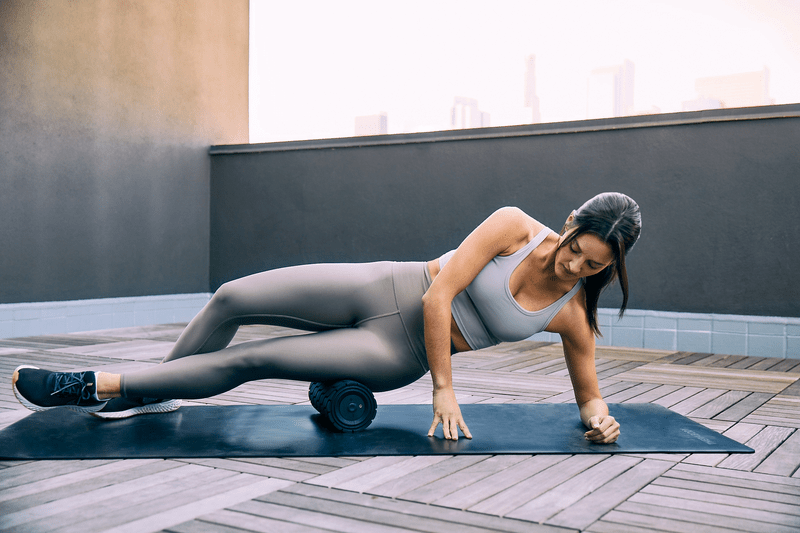If you’re looking for a foam roller that can help improve your flexibility, relieve pain and speed up recovery, a vibrating foam roller is an excellent option.
A good vibrating foam roller has variable settings so you can target specific areas with the correct vibration intensity. Low power settings are perfect for soothing tired muscles, while high settings deliver a deep tissue treatment for trigger points and muscle knots.
Improves Flexibility
Good flexibility is an important aspect of fitness and can affect performance in many different physical activities. For example, runners are able to run faster and with more control when they have good flexibility.
Foam rollers are a great tool to help improve flexibility and range of motion. They can also be used as a trigger point massage tool, helping to relieve muscle knots and tension.
Vibrating foam rollers improve flexibility by breaking fascial adhesions that bind between layers of soft tissue. This allows for a lengthening of muscles and increases joint ROM, a key factor in mobility.
Vibrating rollers have variable vibration intensity settings that can be adapted to match the needs of the user and targeted muscle groups. Lower power settings are ideal for a gentle massage on tired or sensitive areas while higher power levels deliver a more intense deep tissue treatment.
Relieves Pain
When used correctly, a vibrating foam roller is an effective pain reliever that will reduce soreness and stiffness. It also increases blood flow to the affected area, which decreases lactic acid buildup and speeds up recovery after a hard workout.
Vibrating foam rollers come in a variety of shapes, sizes and materials and offer a number of features to meet the needs of users. Some feature variable settings, which allows you to select the right intensity for the job.
The most important aspect of a foam roller is its ability to put pressure on muscles and fascia, which in turn will improve flexibility, reduce muscle soreness and enhance your performance in the gym or at work. This is done by triggering nerve endings to stimulate the circulation of blood and oxygen to your muscles, as well as improving the pliability of your fascia.
Reduces Tension
Foam rollers are a type of self-myofascial release (SMR) tool that can be used to relieve pain, improve flexibility, and increase range of motion. They work by sending signals to the nervous system through receptors in your muscles, tendons, and fascia.
They’re a great way to reduce tension before a workout or after you finish an exercise session. They also help to increase blood flow, which aids the delivery of oxygen and other nutrients to your muscles and improves recovery.
The vibrating foam roller is a relatively new addition to the fitness world, but it’s already becoming popular with both novice and experienced athletes. It’s useful for warming up and cooling down, improving flexibility and tissue mobility, and easing back pain.
Promotes Recovery
Foam rollers are used pre- and post-workout by athletes, physical therapists and personal trainers to help prevent unpleasant muscle soreness, spasms and tightness. They also help speed up recovery after physical activity, whether it’s lifting weights, running, or yoga.
If you have chronically tight muscles, a foam roller can help release these fascial tissues and improve mobility and flexibility in the spine and hips. This can reduce back pain and sciatica by improving joint range of motion in these areas.
Final Words:
Using a foam roller in conjunction with a vibration massage can also increase blood flow to tight, sore muscles and soft tissue. This increase in blood flow can improve recovery by flushing out lactic acid buildup, increasing oxygen delivery to muscles and soft tissue and delivering other nutrients needed for muscle repair.
The vibrating foam roller can also reduce the sensitivity of trigger points-tight, inflamed areas of tissue that are painful to the touch. The vibration can distract your brain from the pain while increasing circulation, Erin explained.

